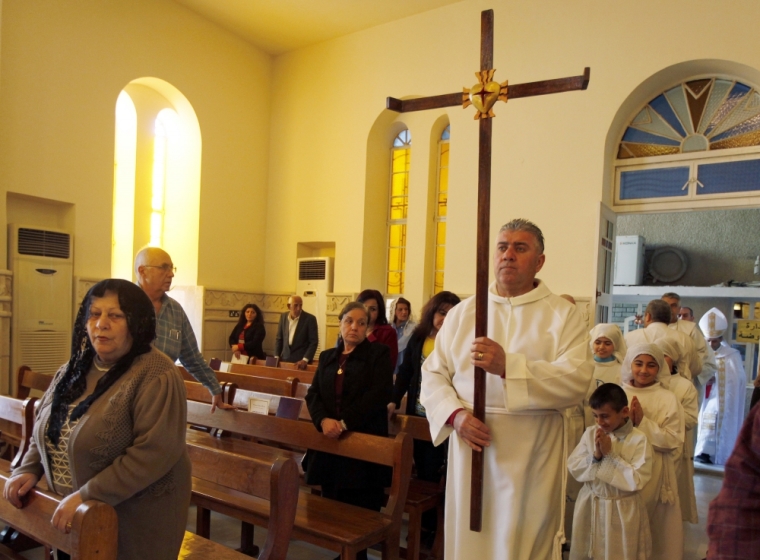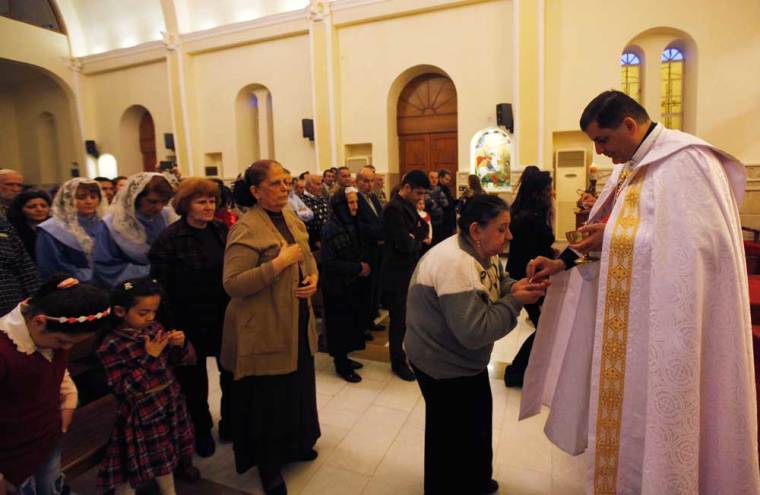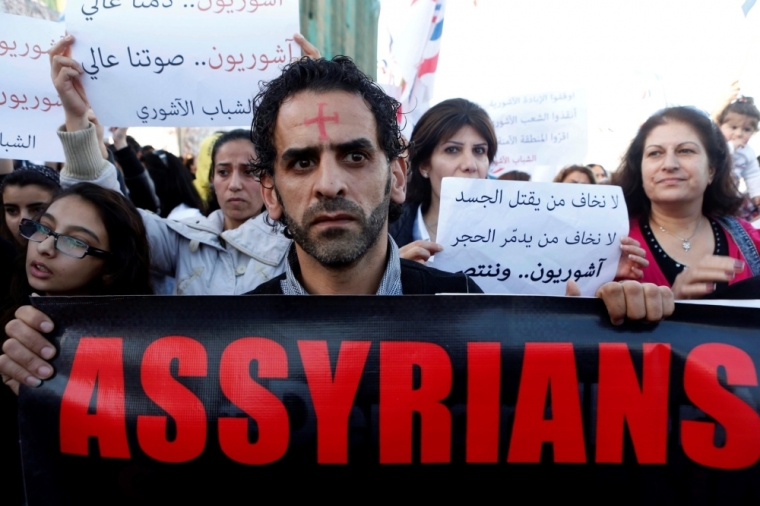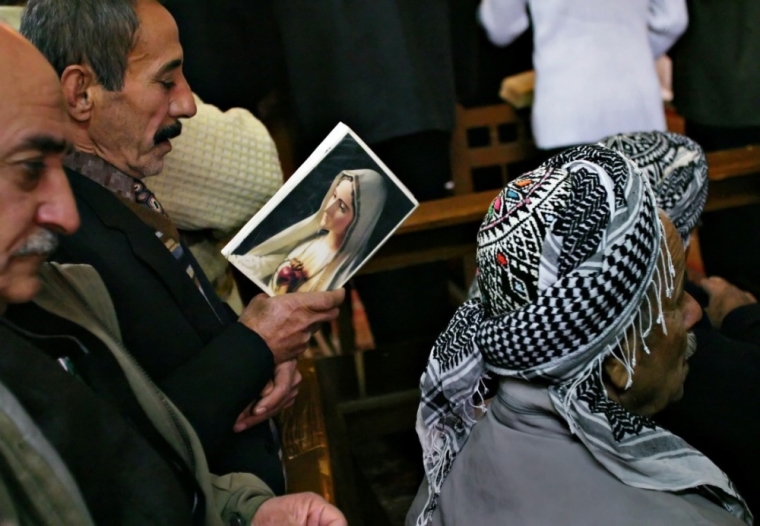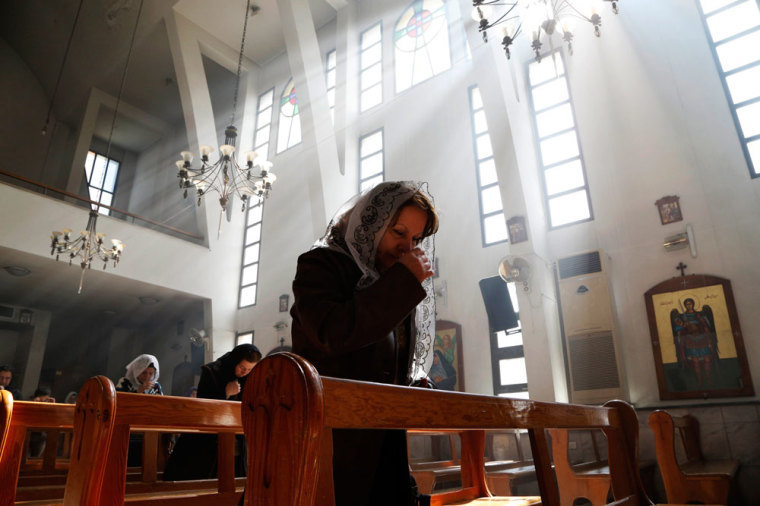Bones of 4th Century Christian Saint Survive ISIS' Destruction of Syrian Church
Christians returning home to the Syrian town of Al Qaryatayn have said that even though the Islamic State terror group destroyed the monastery of fourth century saint Mar Elian, his relics survived, and will be restored.
"In Mar Elian, we have always hoped to welcome everyone. Mar Elian was really a sign of hope for the Syrian people," Father Jacques Mourad, a priest who was previously captured by IS, told Catholic News Agency.
"Everything changed when I was taken hostage. But we can still build something. We must, however, await the end of this war."
Mourad said that Mar Elian was a hermit whose bones were kept in the monastery dedicated to his name — a monastery which gave hundreds of Syrians refuge in the midst of the country's civil war and IS' attacks.
The Islamic radicals destroyed the church when they raided Al Quaryatayn in August 2015, and forced hundreds of Christians and Muslims to flee.
The town was liberated by Russian-backed Syrian forces and their allies in April 2016, allowing some people to start returning home.
Despite the desecration of the monastery, something which IS has done to countless churches across Iraq and Syria, Mar Elian's relics were found to be unharmed.
"After the destruction of the monastery, we thought his relics were lost, but instead we were able to find them. This gave us great consolation," Mourad said, adding that Christians are looking forward to "placing the bones of Mar Elian back in the places where they were kept, and to pray again around that relics."
The priest explained that Islamic extremists find tombs to be a "heresy," as they believe that once a person dies, their existence on Earth is over, and therefore there is no need for such shrines.
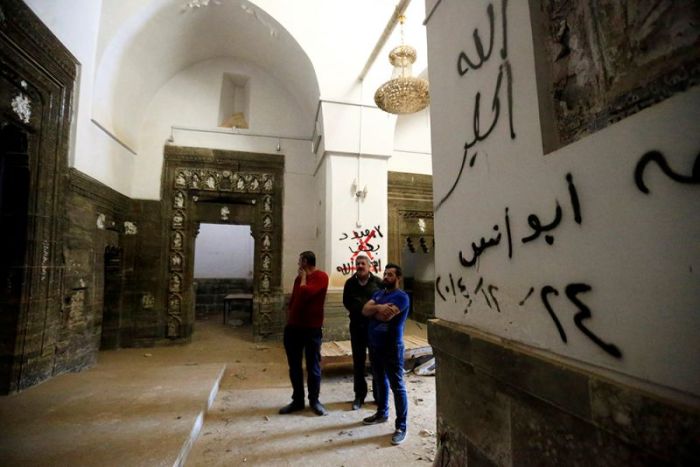
There have been several recent reports of Christians returning to liberated towns in Iraq and Syria, finding their former homes and places of worship destroyed. Believers returning home to the town of Qaraqosh in Iraq have said they want to record all that IS has done for the world to see.
"They wrote their names on the wall of our Church of The Immaculate. And one of their leaders lived in the house of the church," Father Ammar of the Syrian Catholic Church said in a previous interview.
Ammar added: "We want to document everything, all the damage and destruction, before anything is cleaned. Already something has been changed, the IS slogans have been painted over."
Basma al-Saoor, a Christian survivor who has returned to the town of Keramlis, 18 miles southeast of Mosul, called the jihadists "the grandsons of Satan" for committing mass ethno-religious genocide in the region and for turning the Santa Barbara church into a military base with a network of underground tunnels.










